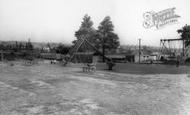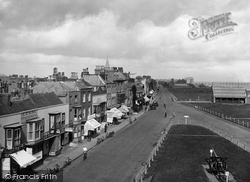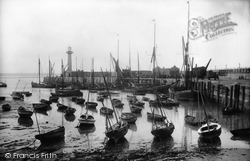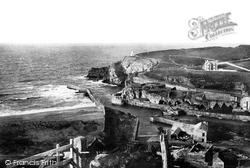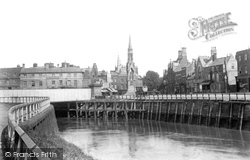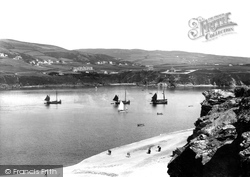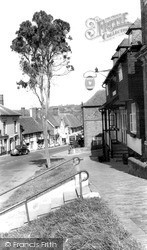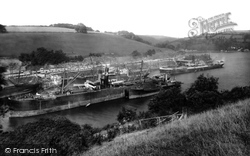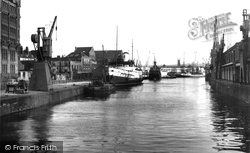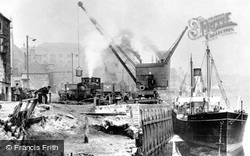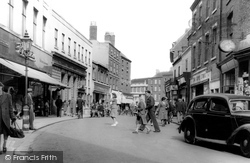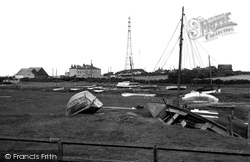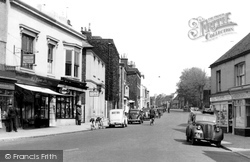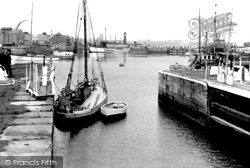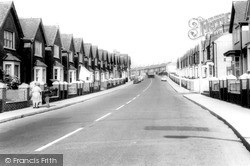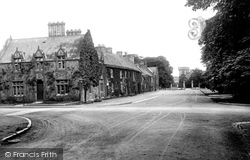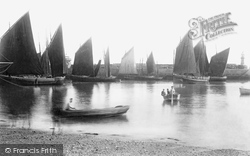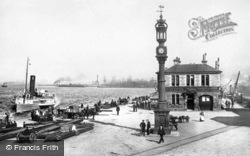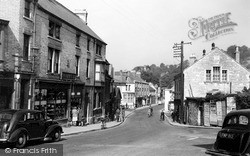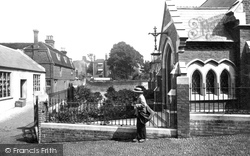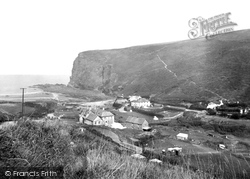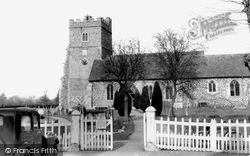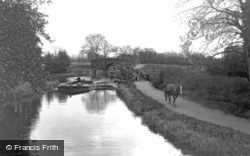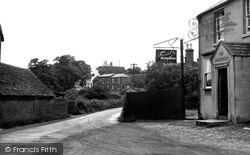Places
Sorry, no places were found that related to your search.
Photos
Sorry, no photos were found that related to your search.
Maps
670 maps found.
Books
4 books found. Showing results 841 to 4.
Memories
1,789 memories found. Showing results 351 to 360.
Orange Hill
Hi there... great to read these posts. Seems like most are from alumni who attended earlier than me but clearly some of those teachers had been there forever. I started in the second year in 1964, and immediately started a friendship with ...Read more
A memory of Burnt Oak by
Kidbrooke And My Childhood
My dad returned from the war in 1946. My mother and I were living in Eltham with my grandparents and her brothers and sister. It was pretty crowded. We moved into the prefabs on Kidbrooke Way shortly after and my sister ...Read more
A memory of Kidbrooke by
Evacuated To Hele....
I am guessing the year would have been 1944.... I would have been 6 and my brother would have been 5. I dont know how we were evacuated exactly...because we didnt go through the School system, we went with our Mother and our Grandmother ...Read more
A memory of Hele by
Horendous Abusive Home
I spent a short time there in the 60s I cant remember the exact dates but maybe I could work it out . I was sent there from Seacroft hospital in Leeds, after having suspected rheumatic fever. It may be possible to get the exact ...Read more
A memory of Hornsea by
Pavenham 1945 1970
This is the village where I grew up, my parents moving into their very old, somewhat dilapidated cottage at the end of the war. This was 'The Folly' at the eastern end of the village opposite one of Tandy's farms. Why it had that name ...Read more
A memory of Pavenham by
Growing Up In Little Kingshill
I spent a couple of years at the village school; I remember Mrs Dean and Miss Lovegrove in particular, Disliked Mrs Buswell who forced me to wear girl's navy blue knickers for the rest of a school day after wetting ...Read more
A memory of Little Kingshill by
My Family Worked In Ozalid
We moved to Foxley Close in July 1968 from Manford Way, Chigwell, where we'd been living in a prefab for 4yrs. Moving to what was known then as a "double prefab" was definitely a move up for our family of 5. My parents, my ...Read more
A memory of Loughton by
Play Area Elsecar Park
Love this photo, when I started work at Barnsley Parks Depot in 1987 this slide was still in the park... biggest one I've ever seen and still much loved at the time... alas it was removed shortly after, but its still a fab play area to visit with the kiddies...
A memory of Hoyland by
A Short Memory
I have many memorys of lingfield from walking home through jenners field in deep snow from school to falling in the pond !!!! Shame the school has gone now though .. would cut through the graveyard down the steps across the road up ...Read more
A memory of Lingfield by
V2 Missile Strike At Braughing During Ww2
My great friend Mr Vernon Blyth passed away in 2017 (Vernon Frederick Raymond Blyth 15/02/28- 31/01/17). In the year prior to Vernon’s death, I made a short video with him. In this he relates being evacuated ...Read more
A memory of Braughing by
Captions
1,058 captions found. Showing results 841 to 864.
The old de-activated gun in the foreground adds to the history of this Cinque Port town and its castle - a favourite haunt of the old Queen Mother.
During the reign of Elizabeth I this little port also maintained about twenty small sailing boats, locally called 'hoys', which carried passengers along the coast and on the Thames.
Portreath was a busy mining port in the 19th century, when sailing vessels loaded copper ore for the Welsh smelters and returned with coal for the mine engines.
Although it is 10 miles from the sea on what is now an artificial River Nene, Wisbech maintains its long tradition as a sea port.
In 1937 the first dredging operations on a commercial scale were undertaken around Port Erin.
Bodiam is located on the River Rother and was once a port that shipped iron ingots and cannon, which were made in the area.
Fowey, although packed in the summer with leisure craft, does retain the atmosphere of a bustling, working port.
During the early decades of the 19th century, Bristol was losing trade to Hull, Liverpool, London and the South Wales ports owing to its high dock charges.
All contributed to make London the busiest port in the world: this era is long past, for now Docklands is all smart housing, flats and offices, symbolically dominated by the 850-foot-high Canary Wharf
Gainsborough, an ancient market town, was also a busy river port; here we look up Silver Street, which led from the river wharves and warehouses to the market place.
The creek on the River Wyre is now a modern marina, but once, like Skippool, it was an ancient port where ships from Russia called and oranges were unloaded from the West Indies.
In the 18th century it was a port shipping out Hampshire grain in exchange for French wine.
We see behind the dock a busy little port, though it was mostly used by coasters and Irish cargo boats.
In medieval times the town boasted a castle, a port and a church, which were overwhelmed by the sands in the early 16th century.
The earls had even entered into negotiations with the Spanish Ambassador in an attempt to secure assistance from Philip II; the rebels garrisoned the port of Hartlepool.
This harbour was once the home port of the thriving Hain Steamship Company, now, alas (and similar to many other major shipping companies), no
Dense smoke from a distant inward-bound steamer is caught by strong winds and blown across the horizon towards the dockside shipping in this busy commercial port.
On the right, Davis the jeweller's and watchmaker's displays its wares, while on the opposite side of the street are advertising hoardings promoting a football match between Swindon and Port
This last view looks along Turkey Cock Lane to the medieval bulk of the Land Port, or gate, which was built in 1329.
In past times the beach served as a port, with sailing ships coming onto the exposed beach to be discharged at low tide. The coastal footpath climbs diagonally up to Penkenna Point.
Among the monuments on the north side of the chancel is a Purbeck marble tomb with canopy and three hanging arches on twisted columns marked by an 18in brass on the short tomb chest.
This waterway was one of the last to be dug, and had a short commercial life because of successful poaching of its business by the railways.
This waterway was one of the last to be dug, and had a short commercial life because of successful poaching of its business by the railways.
The river has long been used for boats trading upstream and, more importantly, downstream, where the Stour links up with the River Severn and thus with the ports of Gloucester and Bristol.
Places (0)
Photos (0)
Memories (1789)
Books (4)
Maps (670)



